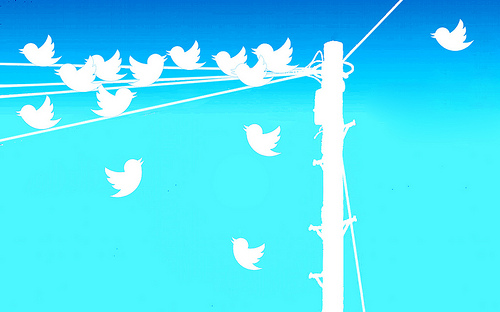You’ve heard the news; brands in 200 countries including Nigeria can now buy ads directly from Twitter.
Twitter’s VP of global online sales, Richard Alfonsi said in the blog post announcing the development. that the company would expand its “self-service ads platform from 33 countries to over 200 countries and territories.” He added that the services will be available in up to 15,000 languages.
Now, small businesses in about all the countries where Twitter is available can buy and run their own Twitter advertisements. This recently wasn’t the case. Brands domiciled in Africa that wanted to buy Twitter promotion could only do so via agencies. In Africa, there was only one of these, a reseller called Addynamo. Addynamo was in fact the exclusive reseller for Twitter ads in Africa, after it acquired the license in 2014.
In 2015 however, Twitter established local Twitter support handles in Kenya, South Africa and Nigeria. These were by no means local offices or support, but they did show an intention to engage more closely with local brands. The brands still had to buy Twitter promotion from the agencies. In Africa, Addynamo was still the final bus stop.
Until they pivoted earlier this year, Addynamo was an ad network, like Google Adwords. The CEO, Sean Riley, wrote a blog post about how they were shutting down their ad network to focus exclusively on their obviously lucrative Twitter ad reselling business.
The thing now is that Twitter’s latest move to open up the direct purchase of advertising by local brands and businesses might have removed the need for Addynamo’s intermediation. And what is more, as far as we can tell, it is probably cheaper to buy direct from Twitter than via Addynamo.
The challenge for Addynamo and other Twitter ad resellers will be to justify their continued utility to their clients. Especially the smaller ones. Their bigger patrons will probably enjoy a number of perks they can’t get direct from Twitter; economies of scale, and credit terms perhaps.
Addynamo has not responded to TechCabal’s request for comment at the time of publishing this article.
Twitter has been fine tuning its targeted advertising business since it rolled out in the US in 2013 with more advertiser-friendly measurements and targeting tools. For instance, its event-targeting tool allows advertisers target users engaging with live events such as the Emmys or the Labor Day.
Just before the mass opening of its self-service direct ad buying, its objective-based pricing model was launched. The model allows advertisers choose what to pay for in the conversion process, effectively reducing advertisers’ money coming in in the door, but gaining advertisers’ goodwill.
Advertisers on Twitter had expressed concerns about the real-world results of the Twitter ads. Most claim that the manner ads are structured on Twitter keeps users on Twitter rather than direct them to the advertisers’ landing page.
Twitter said it had 100,000 small business direct advertisers on its platform in the months that ended June 30. While the direct ads roll out in more countries will increase that figure considerably, it’s unlikely small and medium businesses will stay on as advertisers if they are not assured of how the Twitter impressions convert in real-world engagement with their products.
Bankole Oluwafemi contributed to the post.
Photo Credit: mkhmarketing via Compfight cc











